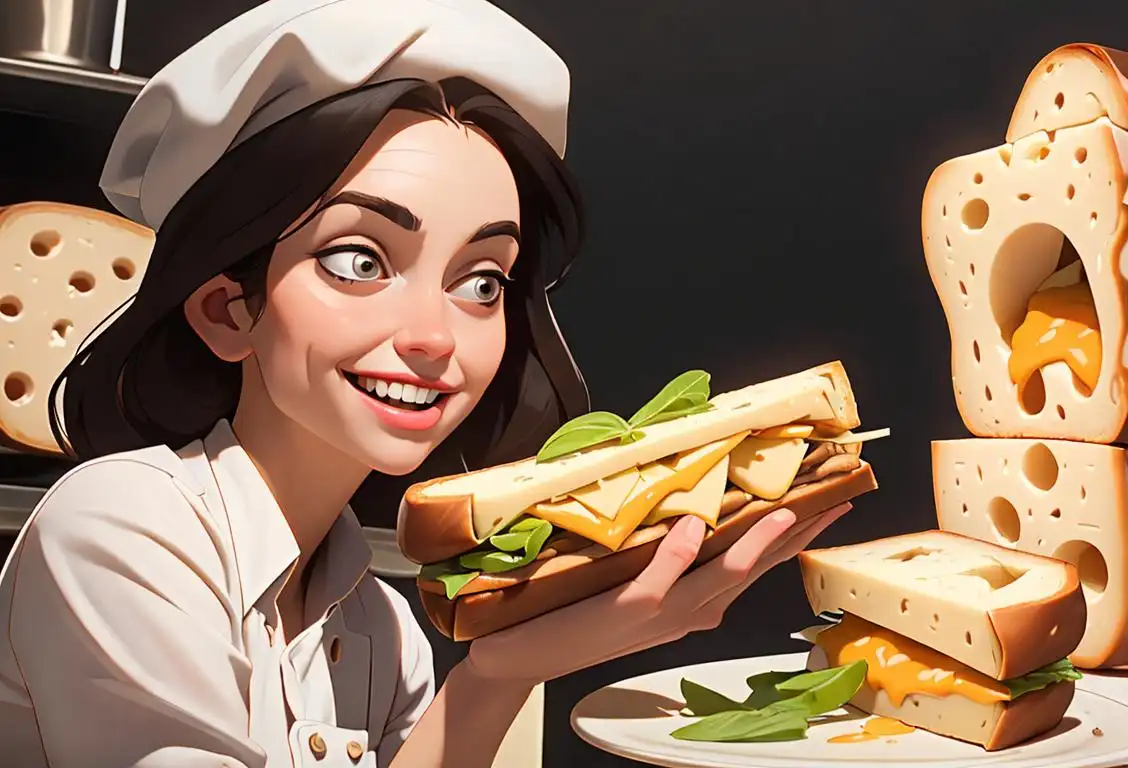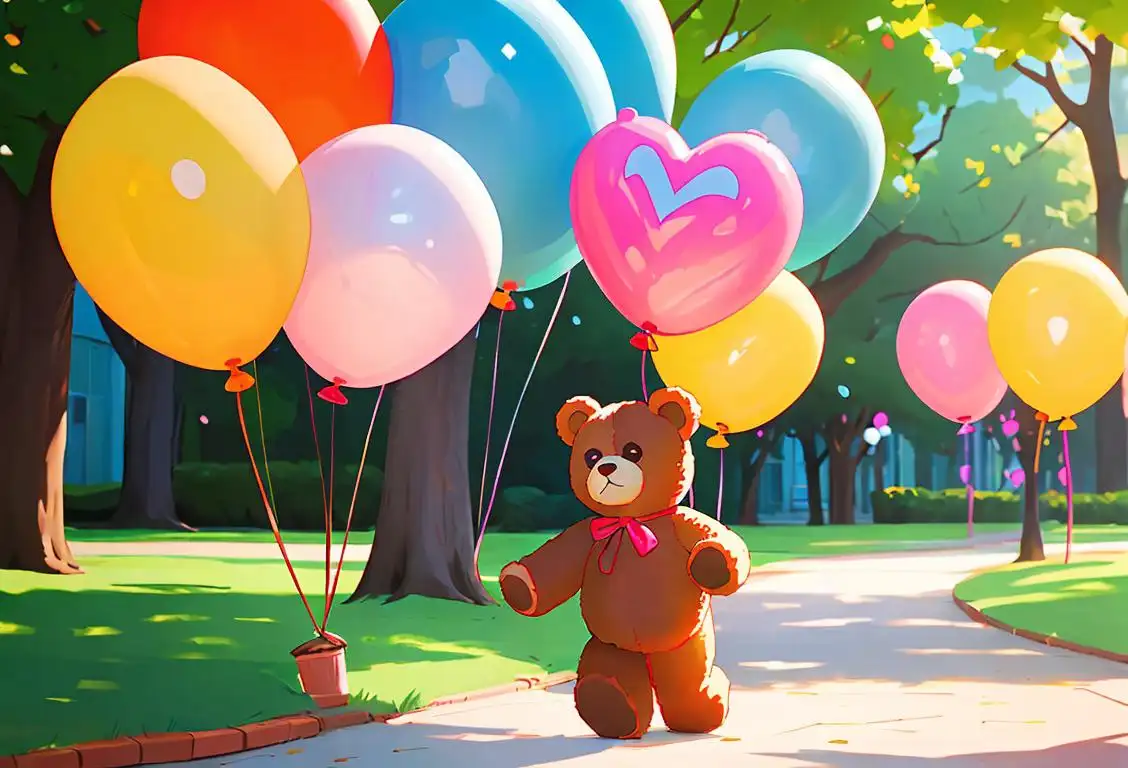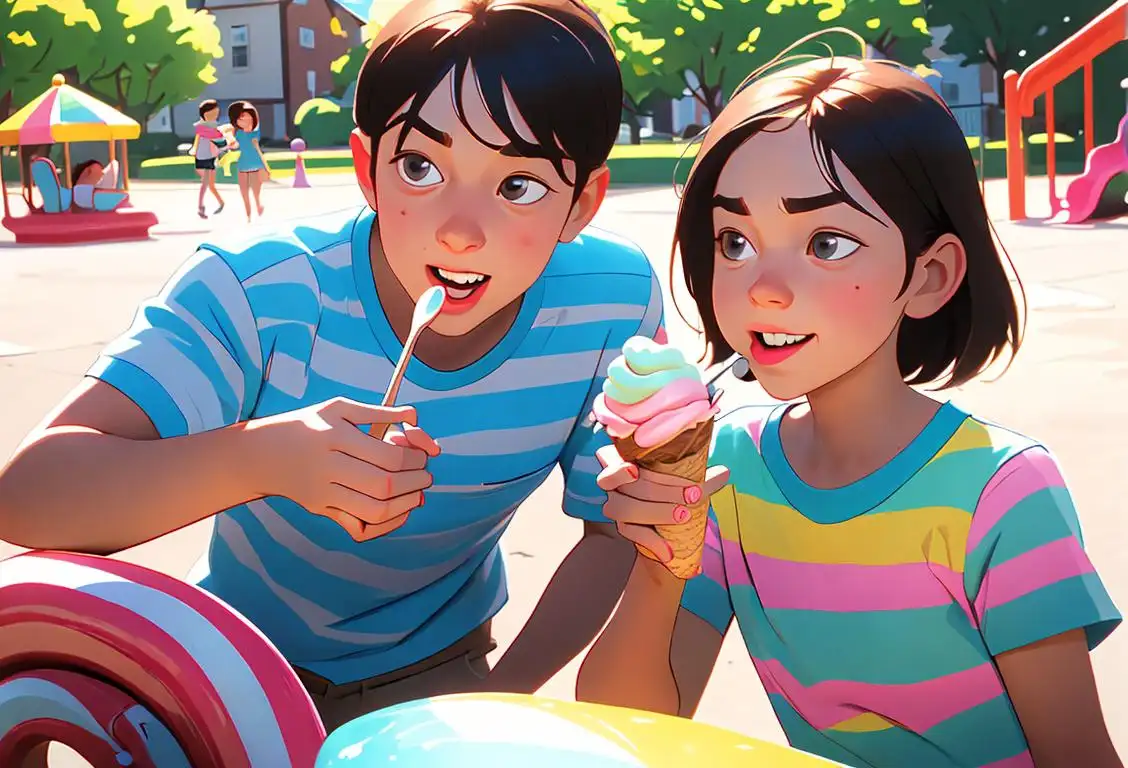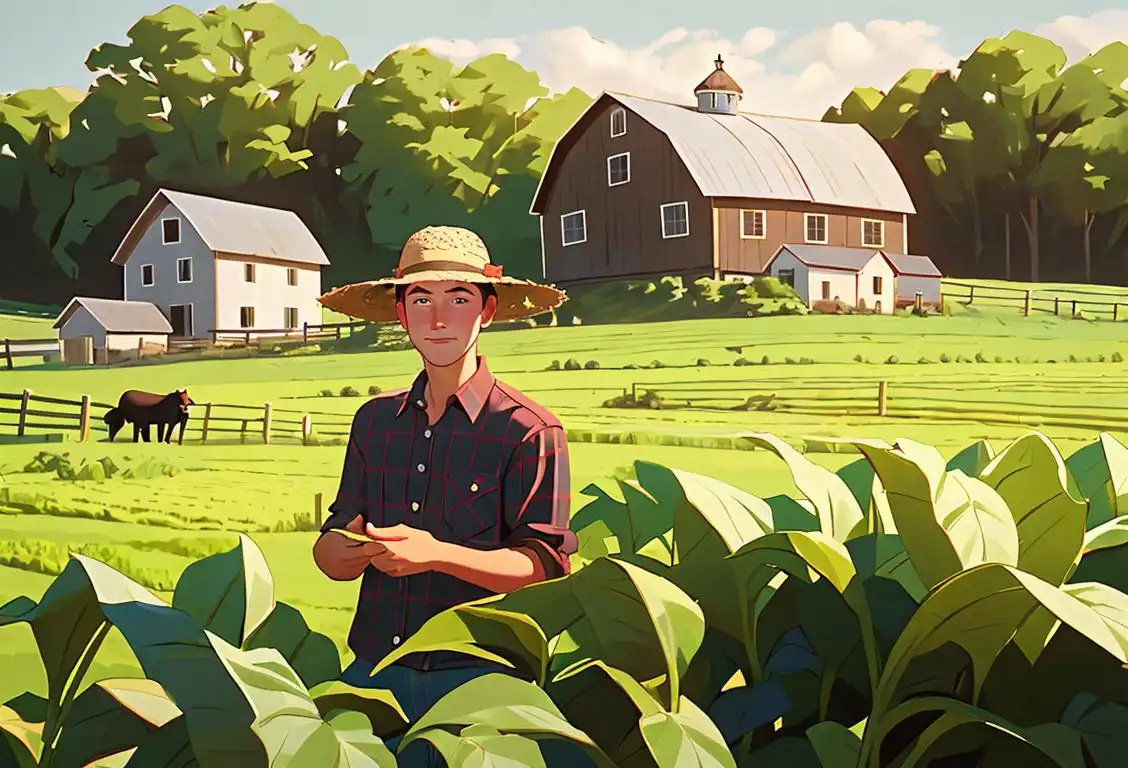National Lookalike Day
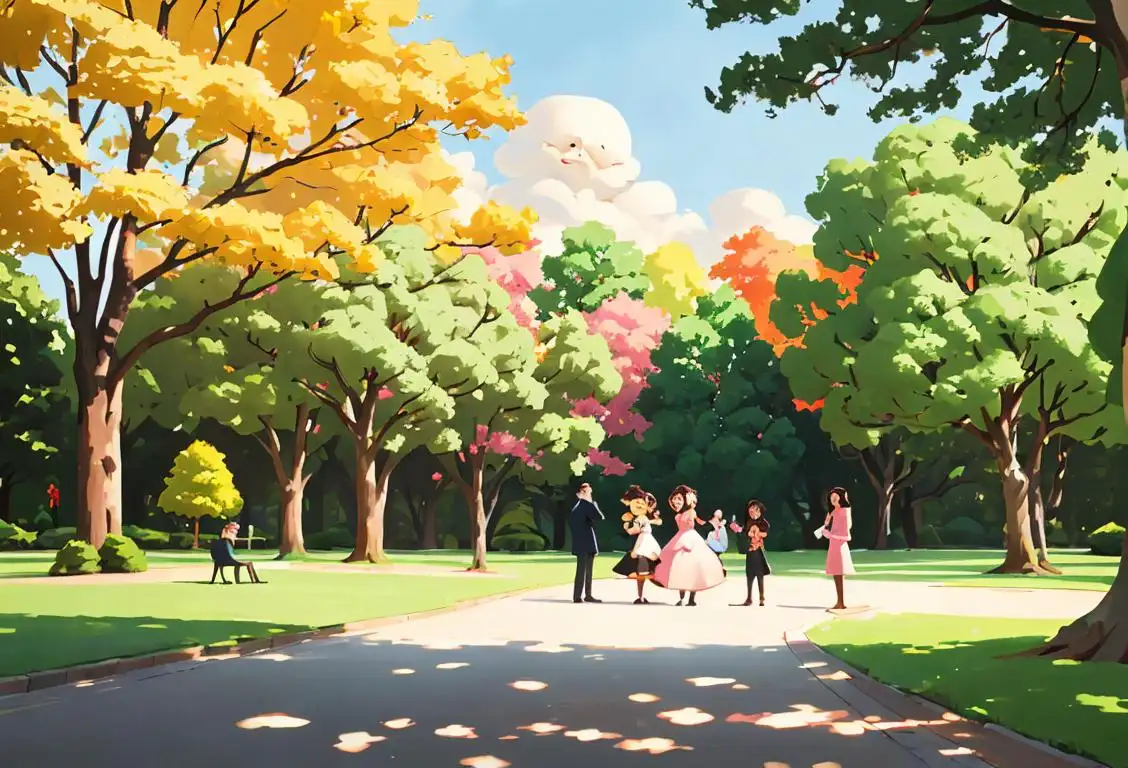
Hey there, lookalike enthusiasts! Get ready to celebrate National Lookalike Day with style. This quirky holiday is all about embracing our uncanny resemblances to famous personalities, family members, or even fictional characters. So, gather your doppelgängers and prepare to have a blast on this special day!
When is Lookalike Day?
It's national lookalike day on the 20th April.
The Origins of National Lookalike Day
National Lookalike Day, also known as Lookalike Day, has become a global sensation thanks to the power of the internet. It's a day to appreciate the amusing and sometimes downright bizarre similarities we share with others. The roots of this peculiar holiday can be traced back to the early days of social media.
As selfies and photo-sharing platforms gained popularity, people started noticing the resemblances they had with famous personalities. From celebrities to historical figures, the internet became a treasure trove of lookalike discoveries. The trend quickly spread, giving birth to National Lookalike Day.
Celebrating National Lookalike Day
There are countless ways to enjoy National Lookalike Day, so let your creativity run wild. If you have a doppelgänger among your loved ones, organize a theme party where everyone dresses up as their lookalike. It's a fantastic opportunity to showcase your resemblance and have a good laugh together.
If you're feeling adventurous, consider participating in a lookalike contest. Many cities organize events where people compete to be the best lookalike of a specific celebrity or character. It's a chance to show off your resemblance skills and potentially win some exciting prizes.
Another fun idea for National Lookalike Day is to create a collage or photo album showcasing all the famous people you've been told you resemble. It can be a hilarious and heartwarming project that will surely spark conversations and fond memories.
Did You Know?
On National Lookalike Day, did you know that professional lookalikes can earn a decent living? Some people have built successful careers making appearances as celebrity lookalikes. It's a unique way to turn your resemblance into a profitable venture!
History behind the term 'Lookalike'
1820
The term 'lookalike' starts appearing in print
The term 'lookalike' first appeared in print around the year 1820. It was used to describe something or someone that closely resembled another person or thing. At that time, the term was commonly used to refer to physical similarity between individuals.
1827
The Origin of Resemblance
The term 'lookalike' originated in 1827, combining the words 'look' and 'alike.' The word 'look' refers to the act of visual perception, while 'alike' means having a similarity or resemblance. Together, the term signifies the idea of something or someone looking similar to another.
1920
Lookalike enters popular culture
During the 1920s, the term 'lookalike' gained popularity and entered the vernacular. In this era of early Hollywood and the rise of celebrity culture, people started using 'lookalike' to describe individuals who closely resembled famous movie stars or other notable personalities. The entertainment industry began to capitalize on this fascination by featuring 'lookalike' performers who imitated and impersonated celebrities.
1928
A Coinage for Impersonators
In 1928, 'lookalike' gained popularity within the entertainment industry, particularly among impersonators. These performers would imitate and resemble famous personalities, often achieving uncanny resemblances. The term 'lookalike' became an apt description for these impersonators who could convincingly mimic the appearance of celebrities.
1950
Lookalike contests become a trend
In the 1950s, lookalike contests began to emerge as a popular trend. These contests provided a platform for individuals who resembled famous personalities to showcase their similarity and talent. This entertainment concept gained significant traction and soon spread across various countries. Lookalike contests became a source of amusement for both participants and spectators, attracting considerable attention and media coverage.
1965
Celebrity Obsession and Lookalike Contests
The term 'lookalike' further solidified its place in popular culture during the 1960s, an era marked by a growing obsession with celebrities. Lookalike contests, where individuals competed to demonstrate the closest resemblance to famous stars, gained tremendous popularity. These contests provided a platform for ordinary people to showcase their uncanny similarities to celebrities, further entrenching 'lookalike' into society's lexicon.
1993
Digital Age and the Rise of Celebrity Impersonators
With the advent of the internet and digital media, the 1990s witnessed an exponential rise in celebrity impersonators and 'lookalike' services. This era offered new opportunities for individuals to showcase their resemblances and cater to the public's fascination with famous personalities. The term 'lookalike' became widely used to describe these entertainers and opened doors to various career prospects in the impersonation industry.
1970
Lookalikes in advertising
During the 1970s, advertisers began to recognize the power of using lookalikes to promote products and services. The concept of employing individuals who resembled popular figures or fictional characters in advertisements became a key marketing strategy. Lookalikes helped companies create brand associations and capitalize on the familiarity and appeal of established personalities. This trend continues to thrive in advertising campaigns to this day.
2000
Online databases of celebrity lookalikes
With the advent of the internet and the increasing interest in celebrity culture, online databases of celebrity lookalikes started to emerge in the early 2000s. These platforms allowed people to search and hire professional lookalikes for various events and promotional activities. The rise of social media further contributed to the popularity of lookalikes, as individuals could easily share their photos side by side with celebrities, showcasing their resemblance.
Present
From Celebrities to Ordinary People
In the present day, 'lookalike' extends beyond the realm of celebrity impersonation. The term often refers to ordinary individuals who bear striking resemblances to notable figures or even fictional characters. People recognize and appreciate the uniqueness of finding someone resembling another person, leading 'lookalikes' to become popular figures on social media platforms and sources of intrigue and amusement for many.
Did you know?
On National Lookalike Day, did you know that professional lookalikes can earn a decent living? Some people have built successful careers making appearances as celebrity lookalikes. It's a unique way to turn your resemblance into a profitable venture!Tagged
fun loved ones rememberanceFirst identified
20th April 2015Most mentioned on
20th April 2016Total mentions
643Other days
Cheese Lovers Day
Teddy Bear Day
Sibs Day
Biscuit Day
Cancer Survivors Day
Agriculture Day
Pumpkin Day
Suicide Prevention Day
Memorial Day
First Responders Day
